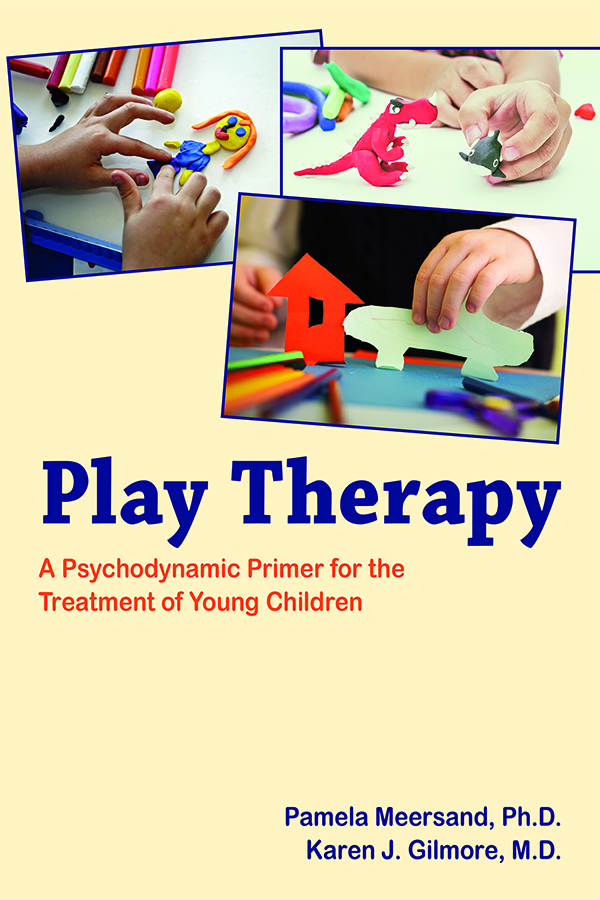Sections
Excerpt
Child therapists setting out to begin a practice contend with a number of considerations unique to their specialty. Although every clinician hopes for a convenient and comfortable office arrangement, the issues multiply where children are involved. Children cannot be expected to seamlessly comply with the usual expectations of psychotherapy offices. Children are potentially disruptive, messy, and excessively curious. The caregiver in attendance, whether a parent, nanny, or other person, may take the view that the therapist’s office is a place where his or her close supervision and the enforced maintenance of social constraints are unnecessary. The waiting room, the bathroom, and the office itself are all subject to the child’s level of socialization, disinhibition, and current state, as well as the extent to which these are monitored and contained by their adult escort. A well-functioning practice that is visited by children and adults, even if the latter are only the caregivers of child patients, must weather these disruptions and transitions without requiring that clinicians expend energy and time on continuous monitoring. If a therapist is joining a suite with adult-focused clinicians, these issues begin in the waiting room and extend from there to the bathroom and the individual office itself.
Access content
To read the fulltext, please use one of the options below to sign in or purchase access.- Personal login
- Institutional Login
- Sign in via OpenAthens
- Register for access
-
Please login/register if you wish to pair your device and check access availability.
Not a subscriber?
PsychiatryOnline subscription options offer access to the DSM-5 library, books, journals, CME, and patient resources. This all-in-one virtual library provides psychiatrists and mental health professionals with key resources for diagnosis, treatment, research, and professional development.
Need more help? PsychiatryOnline Customer Service may be reached by emailing [email protected] or by calling 800-368-5777 (in the U.S.) or 703-907-7322 (outside the U.S.).



